 "Textured Soy Protein" (texturedsoyprotein)
"Textured Soy Protein" (texturedsoyprotein)
01/14/2019 at 13:07 ē Filed to: None
 2
2
 8
8
 "Textured Soy Protein" (texturedsoyprotein)
"Textured Soy Protein" (texturedsoyprotein)
01/14/2019 at 13:07 ē Filed to: None |  2 2
|  8 8 |
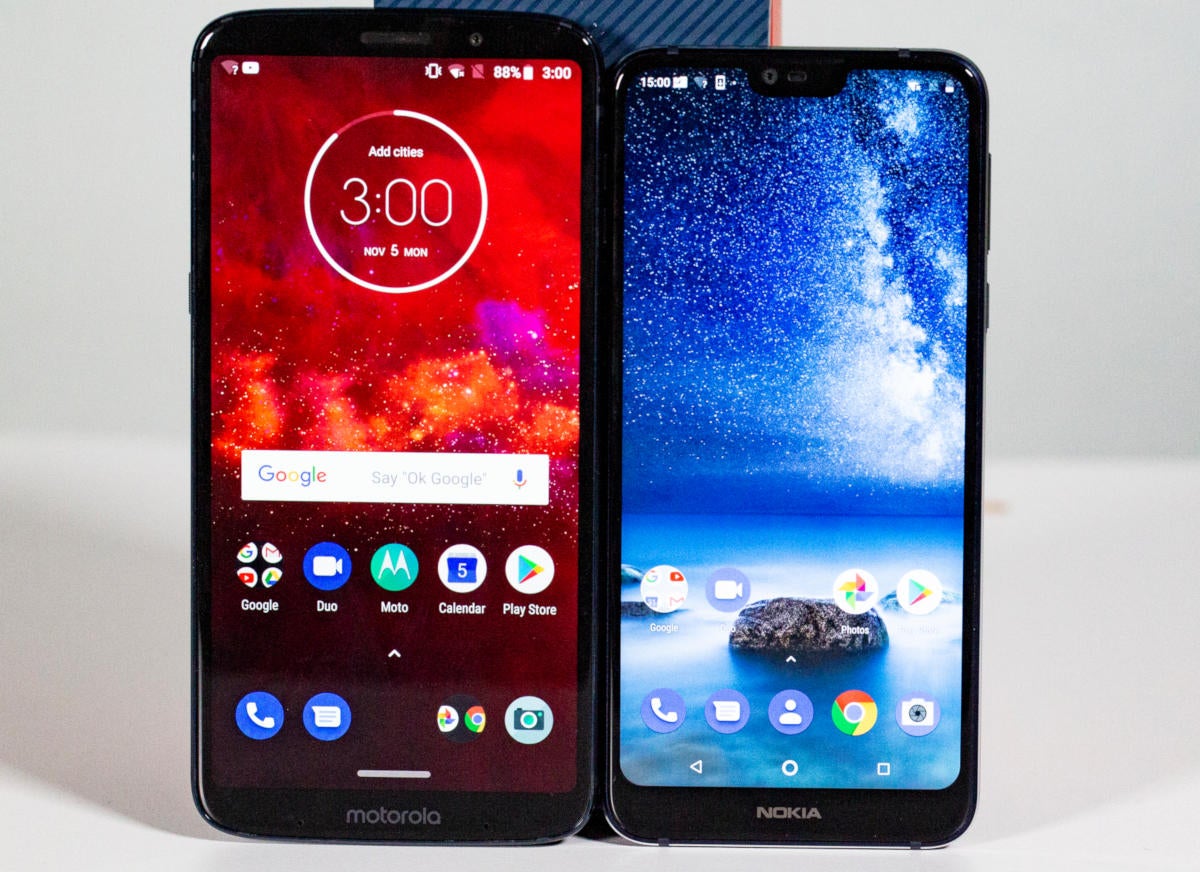
Let me tell you about me and phones. I care about a few basic things with them, mainly nice clean software and good picture quality. I donít care about having a flagship phone, but until recently only flagship phones have offered excellent cameras. Thatís still mostly the case, but here comes some good news!
Google Camera is the camera app that Google developed for its Pixel phones. It performs some software sorcery to produce extremely high picture quality. Basically, in my opinion, Google Cameraís HDR+ algorithm does a better job than any other phoneís HDR trickery. Thereís a bunch of reasons for this, but Iíll get into that later.
There is now an !!!error: Indecipherable SUB-paragraph formatting!!! for other phones. Different developers add different tweaks to their versions of the app, and theyíre constantly updating them to support new features introduced by Google. These ports arenít officially supported by Google, and have to be side-loaded instead of installed & managed through the Play store.
Google Camera can take a phone with unremarkable camera quality, due to either hardware, software, or both, and make a huge improvement.
So whatís so great about Google HDR+? All phonesí HDR (High Dynamic Range) modes work in a roughly similar way: when you take a picture, the phone takes multiple shots at different exposures and combines them into one image.
The small image sensors in phone cameras have some physical limitations that can be improved by this HDR method. Generally speaking, the smaller the pixels on an image sensor are, the less sensitive to light they are. Sensors with smaller pixels tend to have narrower dynamic range (the range of dark to light areas of the image that the camera can capture and turn into a recognizable image before they become totally black or totally white) and higher !!!error: Indecipherable SUB-paragraph formatting!!! (the colorful splotchy crap you often see in dark areas of digital images).
All HDR modes at the very least take a longer exposure to fill in the gaps from the dark areas, and a shorter exposure to fill in the gaps in the bright areas. Google HDR+ not only improves dynamic range, it also uses multiple shots to improve detail and reduce image noise.
Different camera companies take different approaches to noise reduction. Some of them like Samsung and Huawei smear away the noise but also smear away the detail. If youíve seen a digital picture taken in low light that looks like a watercolor painting, thatís a result of overly aggressive noise reduction.
Google HDR+, instead of smearing over details, manages to reduce the chroma (color) noise while taking a light hand with the luminance (black & white) noise. The result is that HDR+ pictures taken in low light have much more detail than other noise reduction methods, and the noise you do see is not colorful, and is instead a grain-like texture very similar to film.
Here are a bunch of pictures taken with Google Camera on my Essential PH-1. Which, admittedly, started out as a flagship phone, but one known for its shitty camera. These are unedited, straight out of the camera. A couple of them were taken using !!!error: Indecipherable SUB-paragraph formatting!!! , the trick new long exposure mode Google introduced on the Pixel 3. I noted that with captions. Night Sight works better on phones with Optical Image Stabilization that my PH-1 (and the original Pixel) lacks, but itís still pretty cool either way.
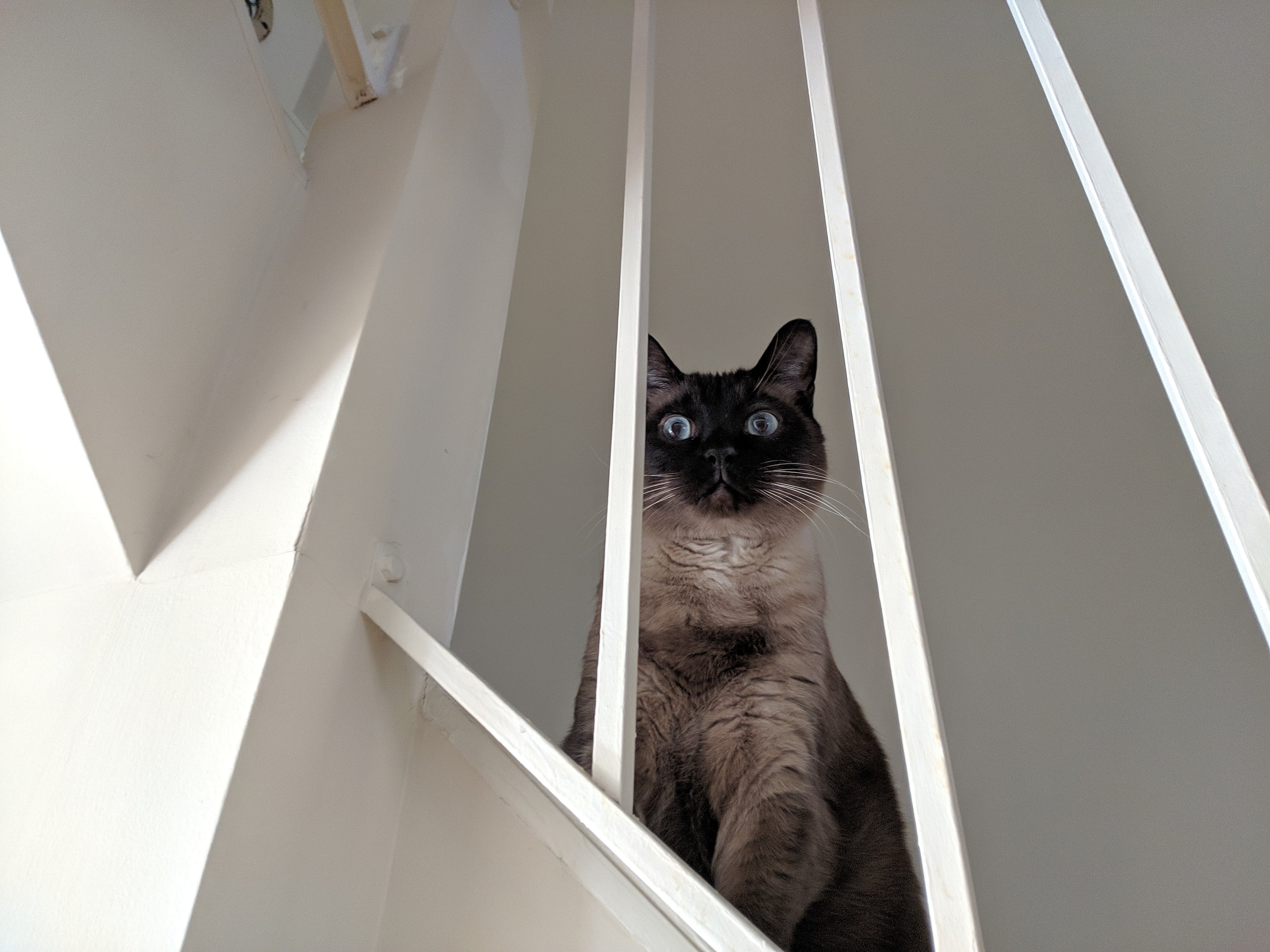
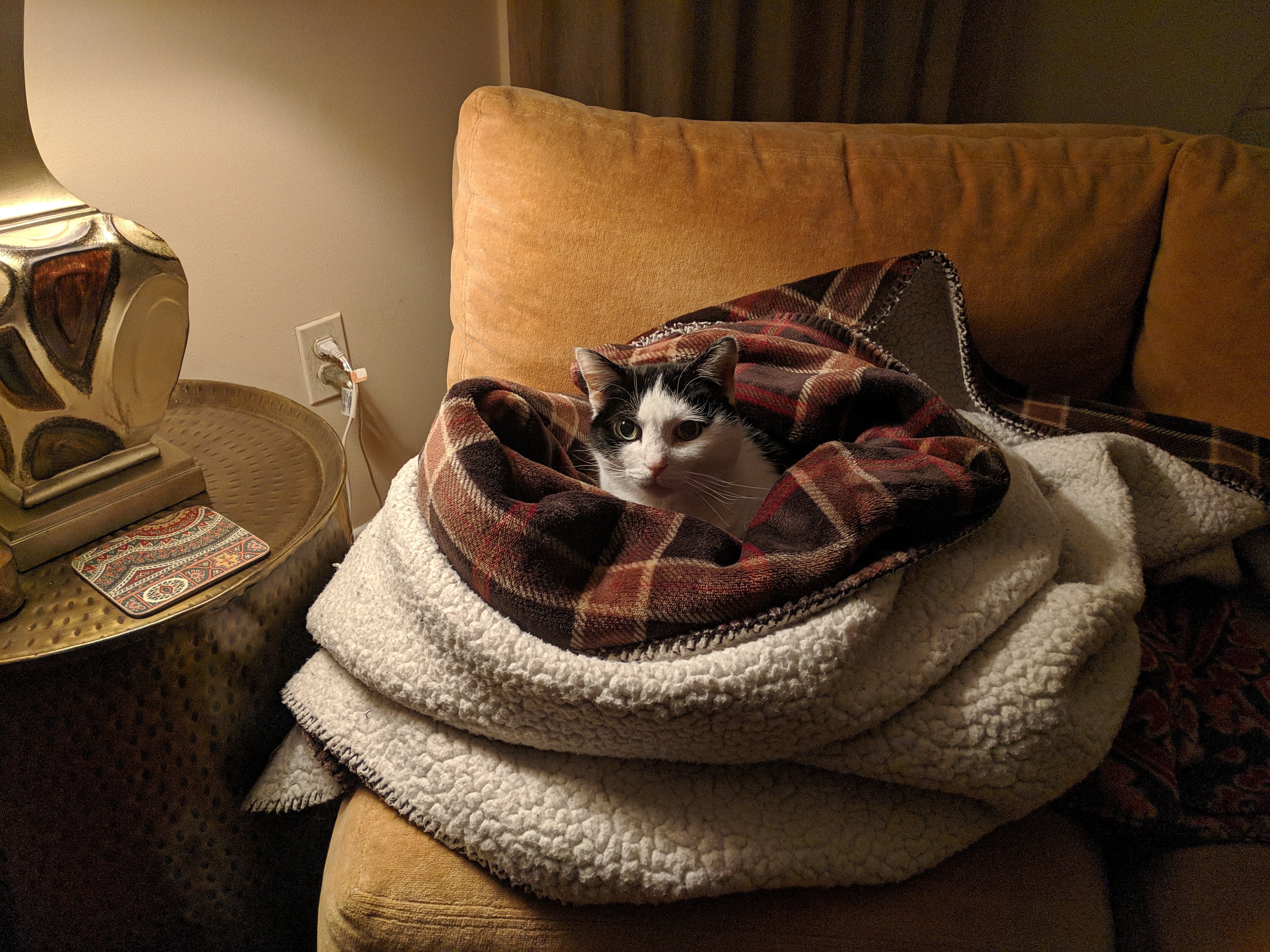
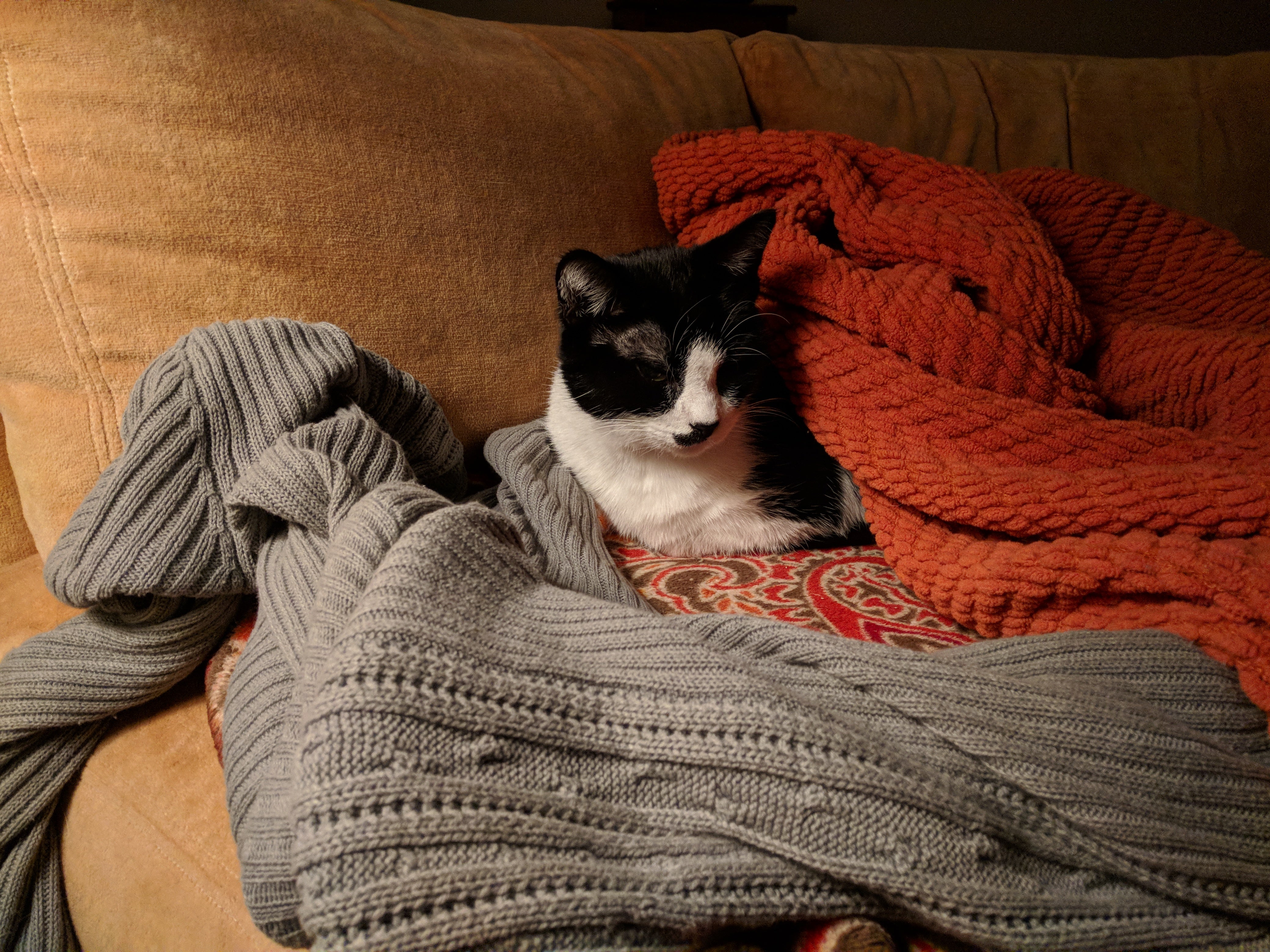
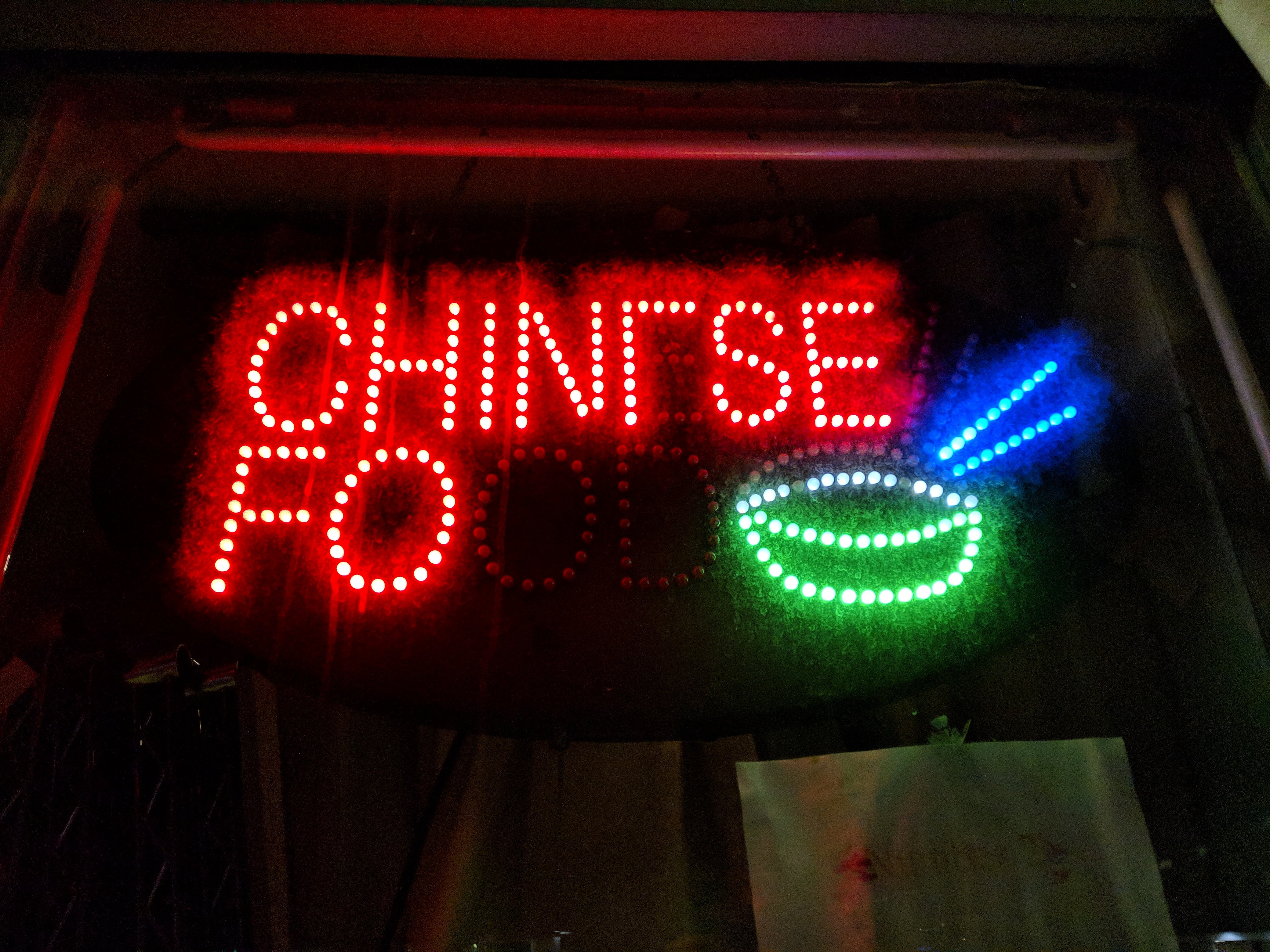
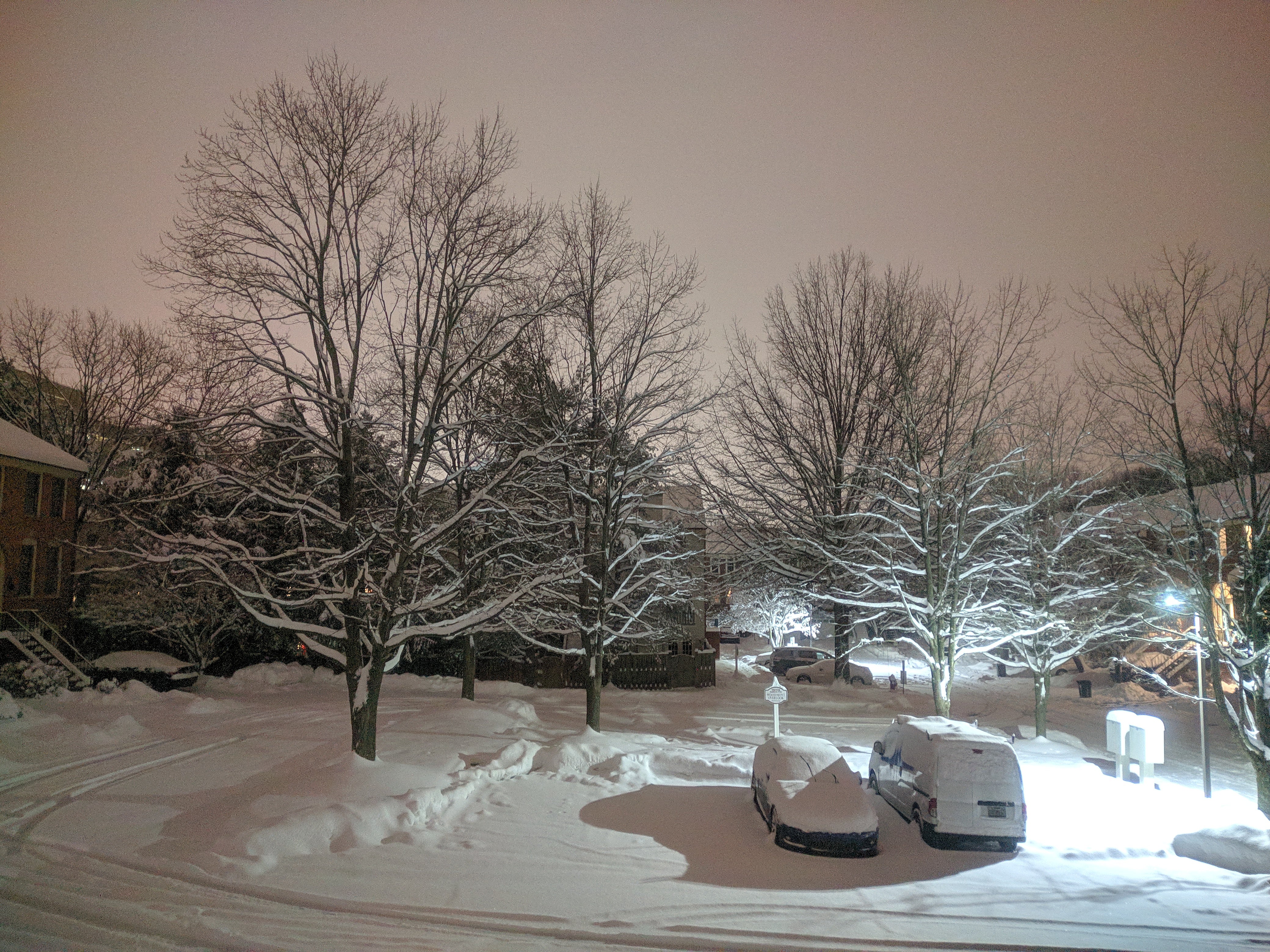
Night Sight
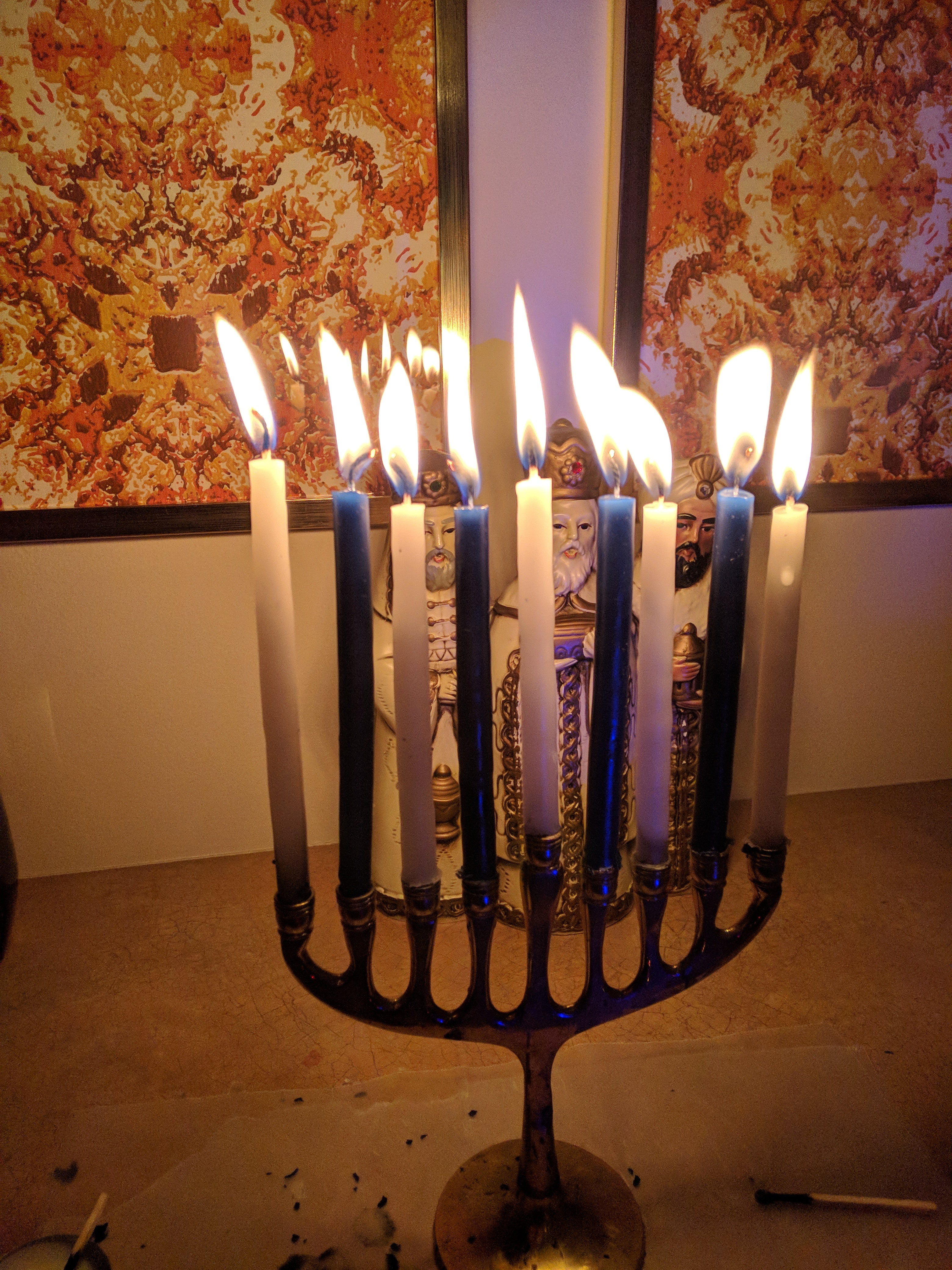

Night Sight
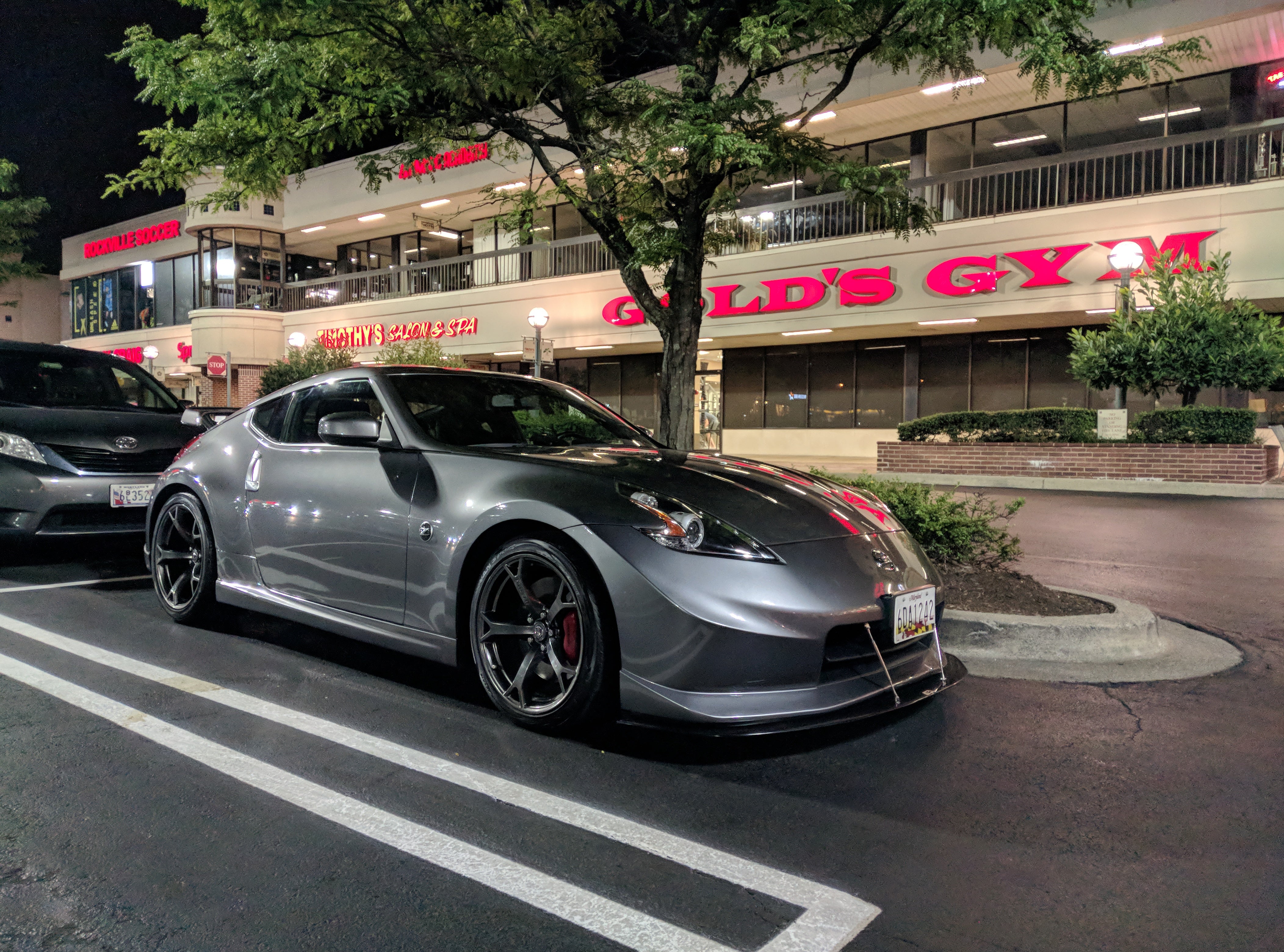


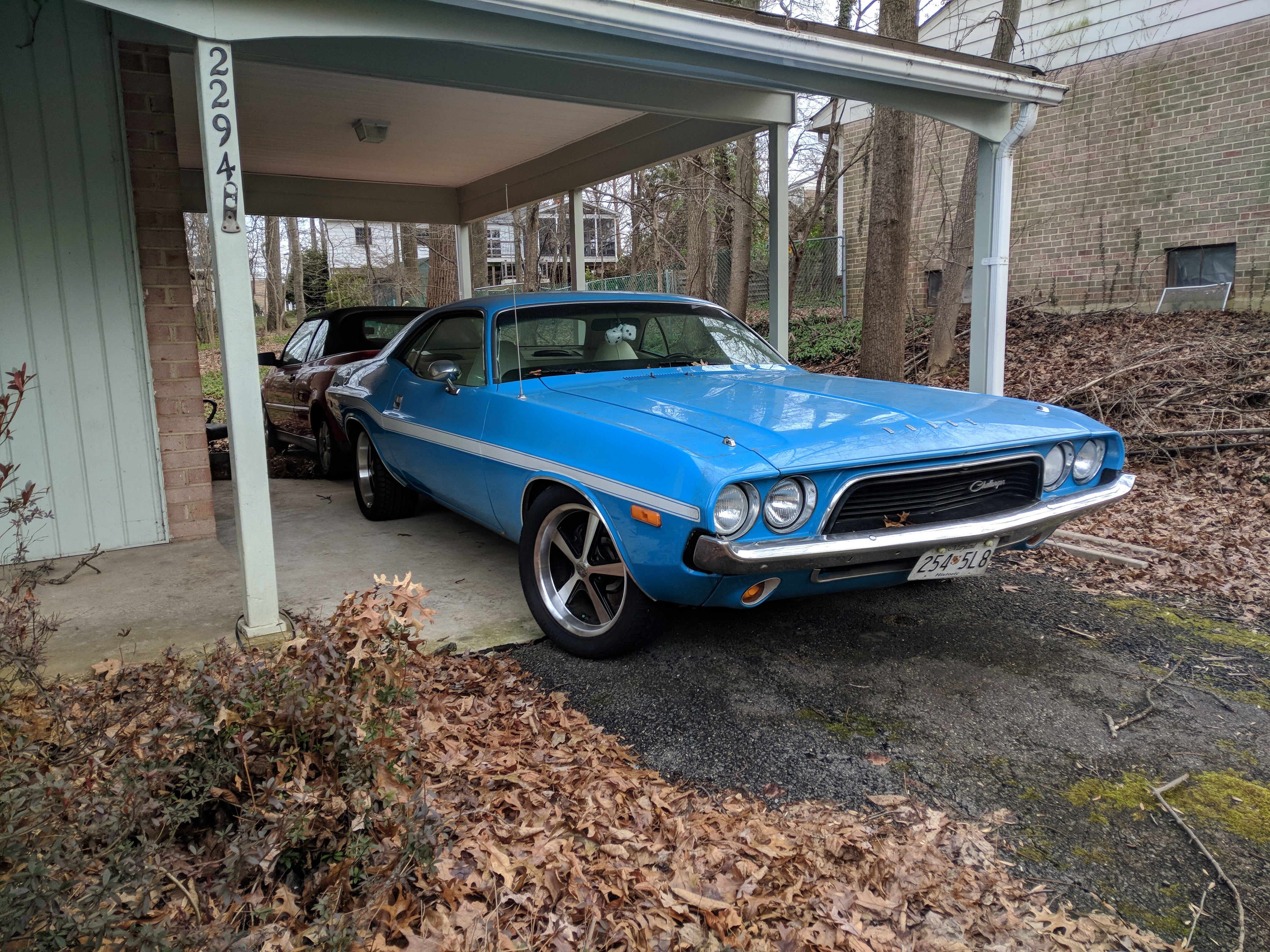
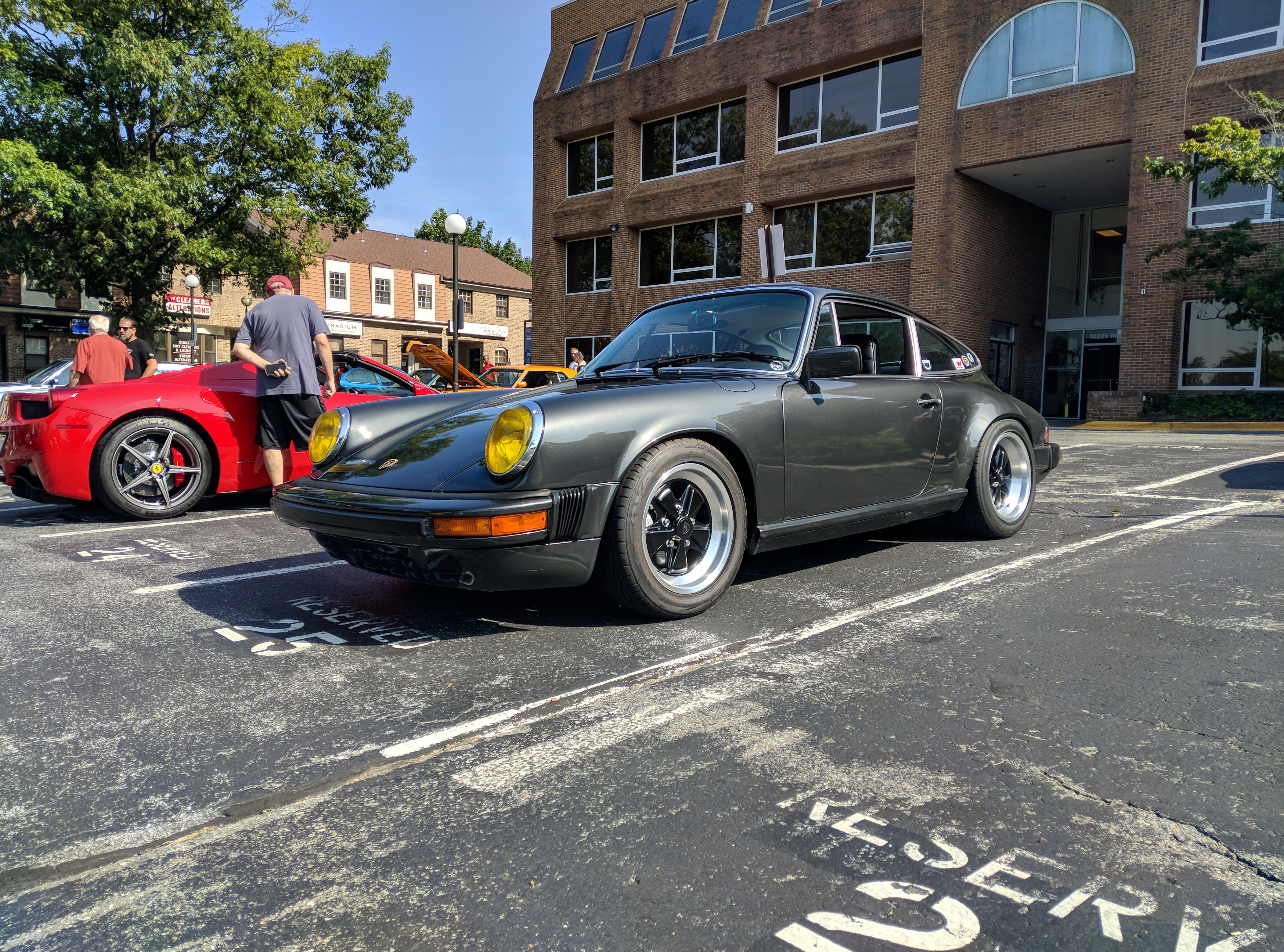
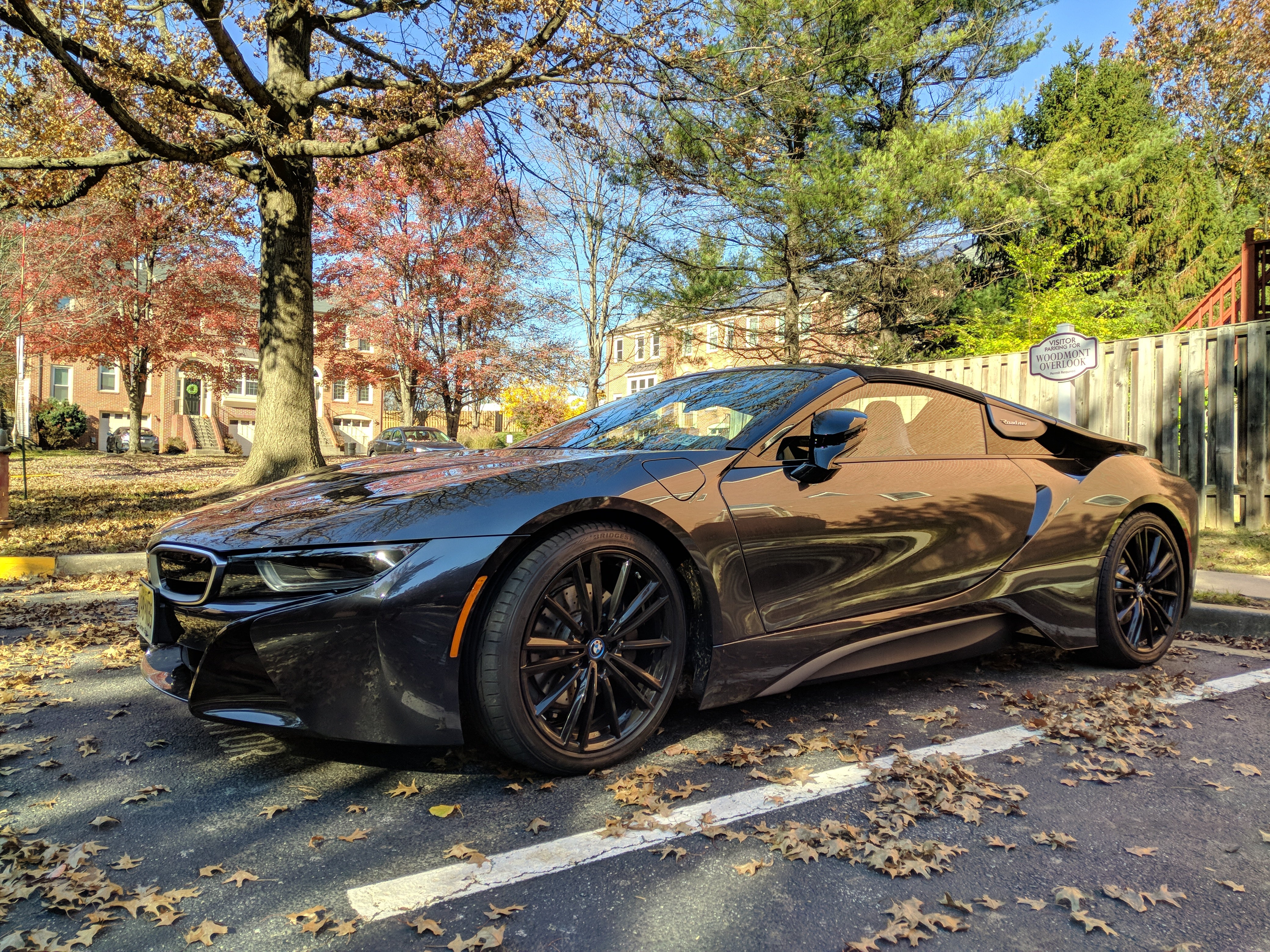



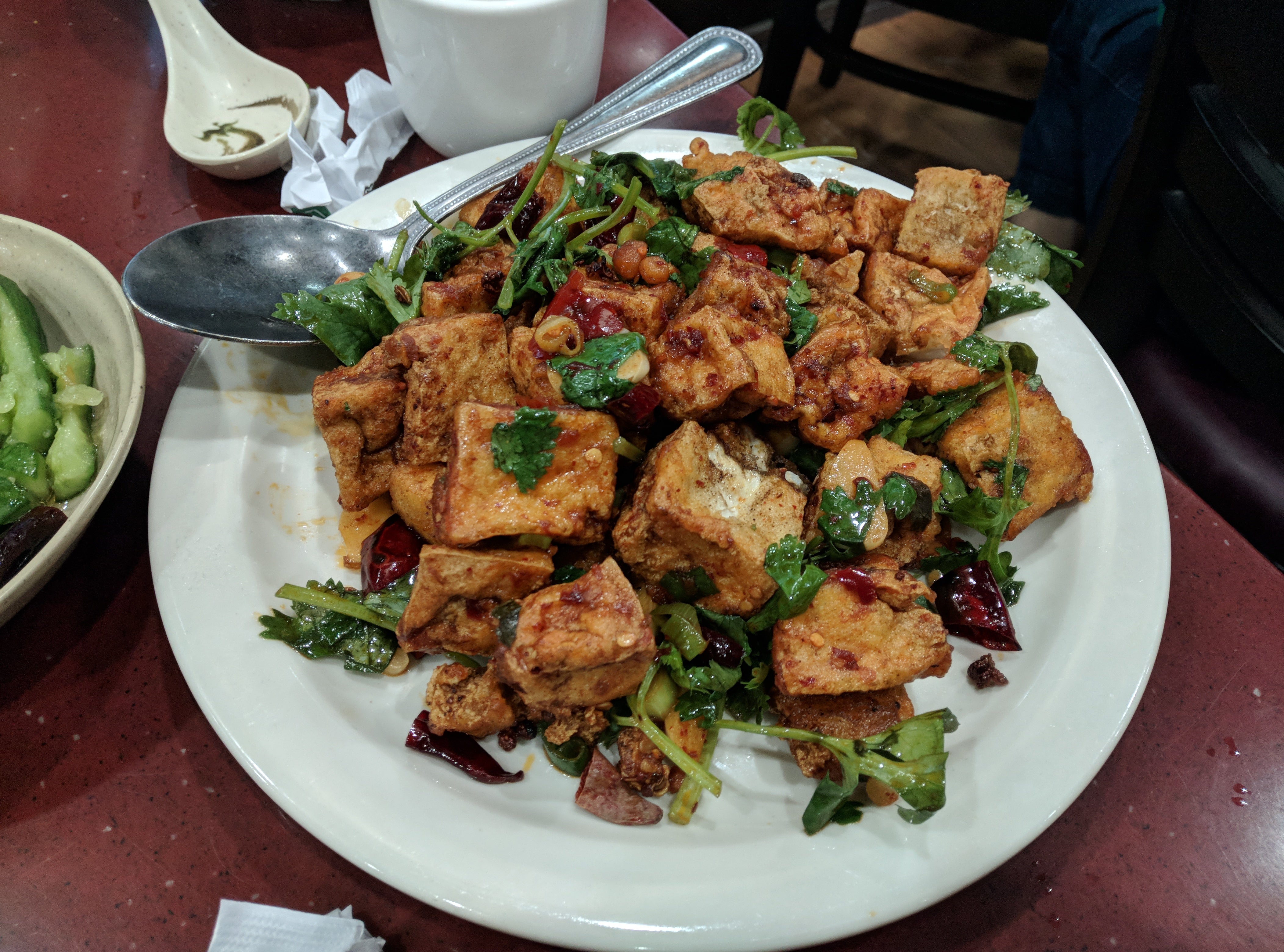

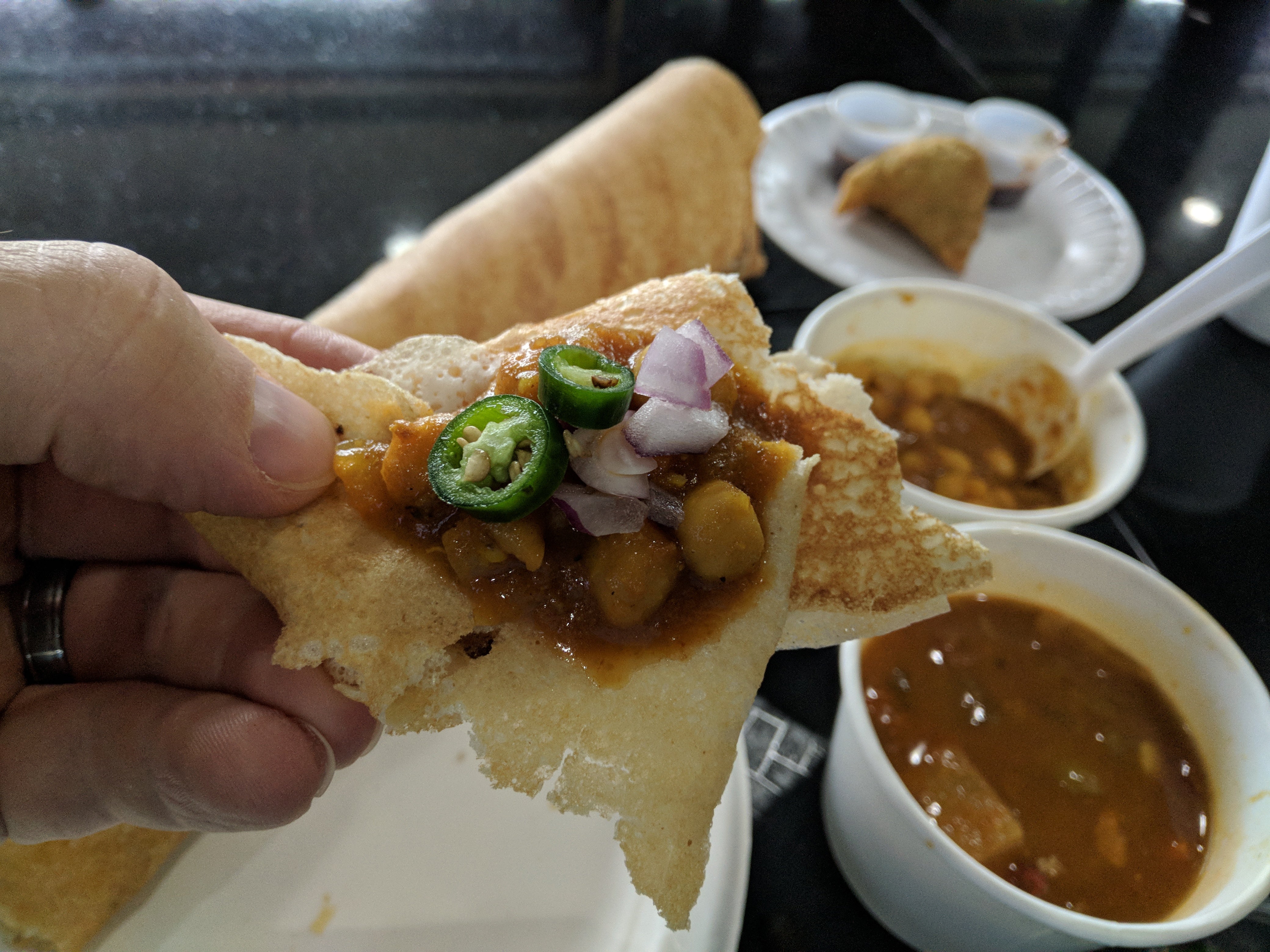


Iím also a compulsive editor of photos and use !!!error: Indecipherable SUB-paragraph formatting!!! to make them pop even more. Iíll spare you another photodump but basically, these pics which already look pretty damn impressive for a phone are just good starting points for making them look that little bit extra better in Snapseed.
It used to be that you needed a flagship-level chip in your phone to run the Google Camera port. This is because to process pictures taken with Googleís HDR+ algorithm, the app needs a sufficiently powerful digital signal processor. On the original Pixel, Google Camera used the Qualcomm Hexagon 680 DSP that was introduced in the Snapdragon 820, Qualcommís top-of-the-line SoC for (most of) 2016. Except the original Pixel and Pixel XL actually have a Snapdragon 821 that Qualcomm put out at the end of 2016, which is a little bit faster than the SD820, but still has the Hexagon 680 DSP.
Starting with the Pixel 2, Google introduced a whole separate imaging chipset called the !!!error: Indecipherable SUB-paragraph formatting!!! . It takes over HDR+ processing from the Hexagon DSP, but because the original Pixel doesnít have a Pixel Visual Core, Google has been updating its camera app to continue to run on phones that lack a Pixel Visual Core, but have a Hexagon 680 or higher DSP.
What this means is
most
phones with the Snapdragon 820, 821, 835 and 845 chips are able to run the Google Camera app. And most of these phones are flagship phones. Sure, you can get last yearís flagship phones on sale for less than their original prices, or used, but only recently has Google Camera made it to the midrange segment.
Thatís because Qualcommís new midrange Snapdragon 636 and 660 and chips now also have the Hexagon 680 DSP. Thanks to Qualcomm reusing an older former-flagship digital signal processor in its newer midrange chips, Google Camera is now accessible to midrange phones. Also, the upcoming Snapdragon 670, 675 and 710 upper-midrange chips will have a new Hexagon 685 DSP that is a step up from the 680 needed to run Google Camera.
While there are tons of phones from Chinese manufacturers with all sorts of these midrange Snapdragon chips, so far there are only a few that have come to the US: the BlackBerry Key2 has the Snapdragon 660, and the BlackBerry Key2 LE, Motorola Z3 Play and Nokia 7.1 all have the Snapdragon 636.
I wouldnít recommend importing a non-US version of a Chinese phone, because using them in the US is a nightmare. They often donít have the correct radio frequency bands to work on US carriers, or if they do, they donít support advanced calling features like HD Voice or wifi calling.
I also canít for the life of me recommend anyone get the BlackBerry Key2, but the Z3 Play and 7.1 are both compelling midrange phones that, with an added dose of flagship-level picture quality, are almost no-brainer purchases. Neither one is perfect but both have a lot going for them.
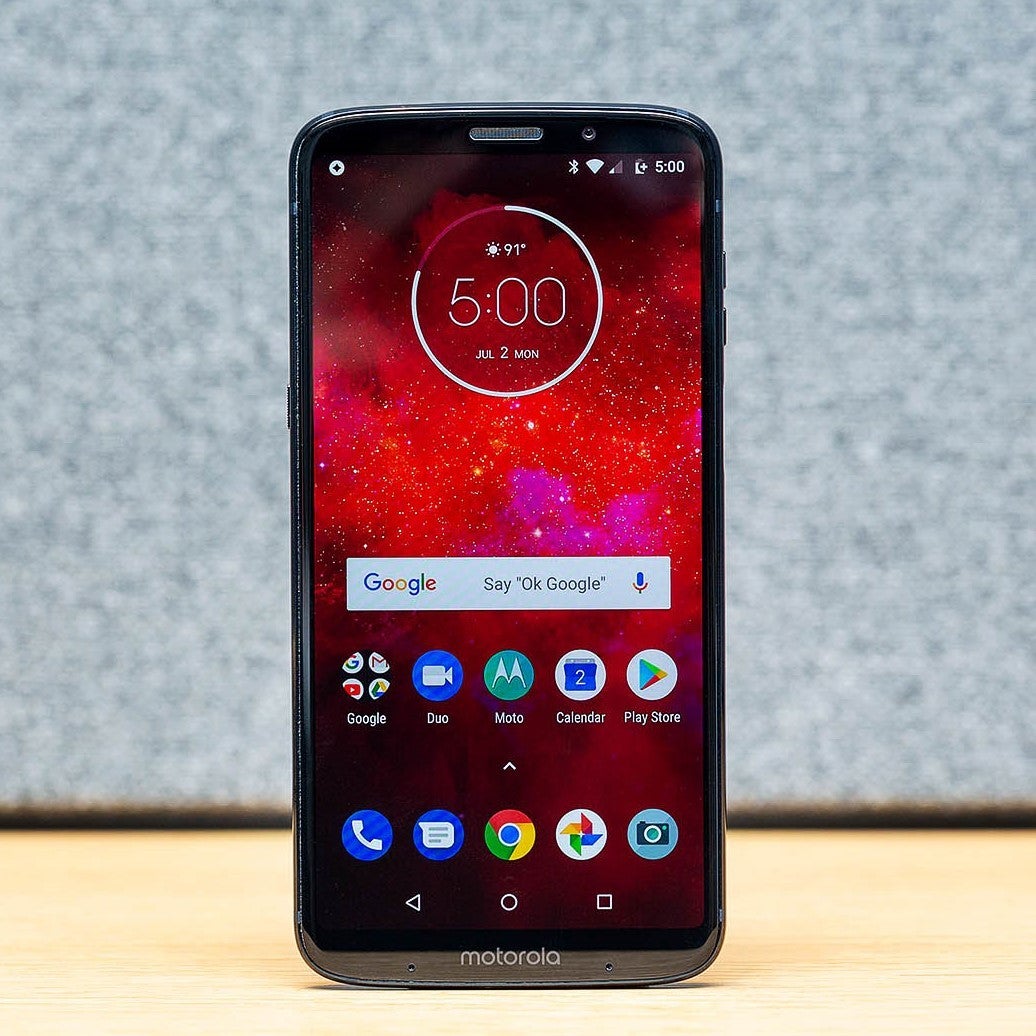
The Z3 Play works on all 4 carriers in the US and all their assorted calling features available on unlocked phones (except for Verizon wifi calling, because the only unlocked phones that Verizon allows to access wifi calling are iPhones and Pixels). It has a nice bright AMOLED screen, and Motorolaís nice clean nearly-stock Android software with what is still the best always-on display in the business. But thereís no headphone jack, the fingerprint sensor is on the
side
of the phone which is weird to some people, and Motorola sucks at putting out software updates to their phones in a timely fashion. Oh, and you can use
!!!error: Indecipherable SUB-paragraph formatting!!!
, if thatís your thing.

The 7.1 is smaller than the Z3P, and has a supposedly-HDR LCD screen. Nokia runs Android One on most of their phones now, which means that software updates are more closely tied to Google. You wonít get updates as quickly as a Pixel, but theyíre pretty good. But the 7.1 only has 3 GB of RAM to the Z3Pís 4 GB, it only works on AT&T and T-Mobile, and it lacks LTE Band 71 which is what T-Mobile has been expanding their network on the past couple years. Nokia was also !!!error: Indecipherable SUB-paragraph formatting!!! for modifying Androidís memory management in a way that very aggressively kills background apps which is good for improving battery life, and also good for breaking apps that need to run in the background.
Technically the Z3P sells for $500, which is ridiculous for a midrange phone when the OnePlus 6T (which, with its top of the line SD845 can also run Google Camera) starts at $529. But the Z3P goes on sale somewhat frequently. Right now you can get it for !!!error: Indecipherable SUB-paragraph formatting!!! . The 7.1 regularly goes for $350, and since itís pretty new, Iíve yet to see it go on sale. But Nokia phones do eventually see discounts.
Between the two, Iíd probably take the Z3P, as long as itís in the $350-400 range, not $500. No headphone jack, and Motorolaís slow updates arenít great, but Motorolaís core software experience is solid, I love their ambient display, it has a bigger screen, more RAM, no notch, and the best possible carrier compatibility.
Oh, and for those of you who are all like, ďI only can use a flagship phone with flagship specs,Ē guess what? These midrange chips are getting pretty powerful. The SD636 is right in the middle of Qualcommís midrange lineup, and while itís not quite as powerful as the SD820 flagship from a couple years ago, itís not that far off from it either. Itís more than enough horsepower to run a nice clean Android build like Motorola and Nokia put on their phones.
But where it gets interesting is when you take a step up from the SD636 to the 660, 670, 710, or upcoming 675. The 660 is almost neck and neck with the 820, with each one being better or worse in certain areas. The 670 and 710 are in between the 821 and 835, and the 675 (which is a newer generation of chip than the 660 and 710) actually !!!error: Indecipherable SUB-paragraph formatting!!! in some areas.
The one area where these chips donít quite approach flagships is their graphics performance. Only the SD710 is set up to run a display at a resolution higher than 1080p. So if you want a 1440p screen on your phone, you still need a flagship. But there are also plenty of flagships from the likes of OnePlus, Huawei and others that have 1080p screens, and Samsung sneakily sets their flagship phonesí resolution to 1080p even though they have 1440p screens, to improve battery life and UI smoothness while running Samsungís bloated-to-all-hell software. You can bump up to 1440p in the settings, but still.
Hopefully, we start seeing more midrange phones in the sub-$400 range that start using the SD660, 675 or 710. So far the next big upcoming US-market midrange phone thatís going to have one of these chips is the Pixel 3 Lite lineup, which is coming out soon. There are going to regular and XL versions of it , with the rumors saying they might have an SD660 or 710. Possibly a 660 in the small one and 710 in the big one. Maybe theyíll have a Pixel Visual Core, maybe not. Either way, theyíll probably be able to run Google Camera, and thatís a Very Good Thingģ.
Now we just need some more phones bound for the US market to pick up the new upper-midrange chips. !!!error: Indecipherable SUB-paragraph formatting!!! , anyone?
 Jason Spears
> Textured Soy Protein
Jason Spears
> Textured Soy Protein
01/14/2019 at 13:52 |
|
Motorola sucks at putting out software updates
This is the big dealbreaker for me, and it goes for pretty much every OEM . Iím really happy with my G5S Plus, except the lack of support. Prior to that, I had an HTC One M8 that I converted to the Google Play Edition. Still the best phone I have ever had, til HTC and Android left it behind.
Now that the Pixel 3 is out, Iím thinking of jumping to a Pixel 2 and riding out its update lifetime before switching to third party ROMs, which should be plentiful and reasonably functional.
 Textured Soy Protein
> Jason Spears
Textured Soy Protein
> Jason Spears
01/14/2019 at 14:08 |
|
Outside of Pixels, the only companies that have a good track record on updates are OnePlus, Nokia and Essential.
Of the heavily-skinned versions of Android, I feel like Samsung is actually sorta kinda decent. While their major OS updates take forever thanks to all the crap they mess with in Android, they do at least eventually put out those updates, and are pretty good with security patches.
Because of Motorolaís light touch on Android, their slow-ass updates arenít a huge deal for me unless thereís some kind of bug that needs an update to go away.
My wife has a G5+ and it came with Nougat 7.0, not 7.1 or anything hig her. There were a couple of bugs in 7.0 that were stupid. One made Google Maps navigation prompts not over her carís bluetooth unless music was also playing, and and the other prevented her Fitbit from syncing. The only fix was an update to a newer version of Android that had squashed those bugs. Her phone just got the Oreo update within the past couple months and voila, problem solved. Eventually.
In theory once you step up from the G line to the higher-up Moto phones, youíre supposed to get better updates, but itís still pretty crap. The big downside of the G line is usually they only get 1 major OS update. When you step up from there y ou can generally expect 2 major OS updates, eventually .
A mong the 2017 models, the X4, † Z2 Force and Play are getting updated to Pie. The X4 is on Pie now and the Z2s are still waiting. All 3 launched with Nougat so theyíre getting a legit 2 major OS updates which is...ok.
I had an X Pure (2015) which also eventually got two major OS updates. I t launched on Lollipop in fall 2015, got updated to Marshmallow at the end of that same year, and then didnít get Nougat until fall 2017 . Ugh. At least that phone was blissfully bug-free except for not always cooperating with GM bluetooth connections in rental cars.
 ADabOfOppo; Gone Plaid (Instructables Can Be Confusable)
> Textured Soy Protein
ADabOfOppo; Gone Plaid (Instructables Can Be Confusable)
> Textured Soy Protein
01/14/2019 at 14:12 |
|
Nothing first-hand, but I sold my buddy on the merits of the Nokia 5.1 and he loves it.
That said, heís not fussed about phones soong as they work and had been using my old Nokia 920 Windows Phone.
I'm the brief moments I've held his phone it feel superbly built with a quality heft to it. Just like the old Nokia phones used to have.†
 Textured Soy Protein
> ADabOfOppo; Gone Plaid (Instructables Can Be Confusable)
Textured Soy Protein
> ADabOfOppo; Gone Plaid (Instructables Can Be Confusable)
01/14/2019 at 14:26 |
|
I like the new Nokia Android phones but Iíve yet to jump on the bandwagon of actually wanting to buy one. So far their higher-spec stuff has yet to be made in a US version, and all the US versions only support AT&T and T-Mobile, with very few international LTE bands for roaming while traveling out of the country .
The 7 Plus has an SD660, 4 GB of RAM, and a 6" extra- tall aspect ratio screen with no notch. It has decently good camera hardware that can be greatly improved with Google Camera. But itís missing too many radio bands to work on any US carrier.
Motorola on the other hand sucks at updates, but theyíre great at carrier compatibility. The Z3P is the closest theyíve come in a while to making a phone I actually want. The regular Z3 is right up my alley but it only comes in a Verizon branded version, not unlocked.
Thankfully my Essential hits the sweet spot for me of great carrier compatibility, great updates, high-enough spec silicon, and ability to run Google Camera.
 diplodicus forgot his password
> Textured Soy Protein
diplodicus forgot his password
> Textured Soy Protein
01/14/2019 at 14:36 |
|
I did really like the nokia 8 I had for a few days. Except for the part where I didnít have 4g and it was pink.
 Textured Soy Protein
> diplodicus forgot his password
Textured Soy Protein
> diplodicus forgot his password
01/14/2019 at 14:38 |
|
Thatís the thing, there are so many great phones out there that donít work in the US thanks to how fragmented LTE frequencies have become around the world.
 Monkey B
> Textured Soy Protein
Monkey B
> Textured Soy Protein
01/14/2019 at 15:09 |
|
question on the Essential, I know they havenít done well as a company and are up in the air with development on a new phone and stopped producing recently (I think I heard) Have you heard anything about software updates and security patches for the future from them? Iím seriously considering one. I hate my LG V35. Their dumb software shit is just as annoying as Samsung. If someone texts me from an LG phone using the LG messaging app it opens it on mine even though I default to Googles Messenger . I forced stopped the LG native app and now canít get texts from that person.
 Textured Soy Protein
> Monkey B
Textured Soy Protein
> Monkey B
01/14/2019 at 15:33 |
|
Sounds like LG has the same old buggy shit for software. I had a G2 back in the day because it was the first phone with the Snapdragon 800 but the software was trash. I returned a V20 after a week because while it was cleaner than that G2, it still had several annoying bugs.
I only got the Essential a few months ago but in the time Iíve had it, Essential updated it to Pie within a day or two of the Pixels and security patches are often same day or within a couple days of the Pixels. I got the January security patch like a week ago or something. When they announced the PH-1 was discontinued they said theyíd keep on updating it but didnít give an exact timeframe for how long those updates would continue. When they launched it I think they said 2 years of major OS updates and 3 years security patches but I'm not 100% certain of that.